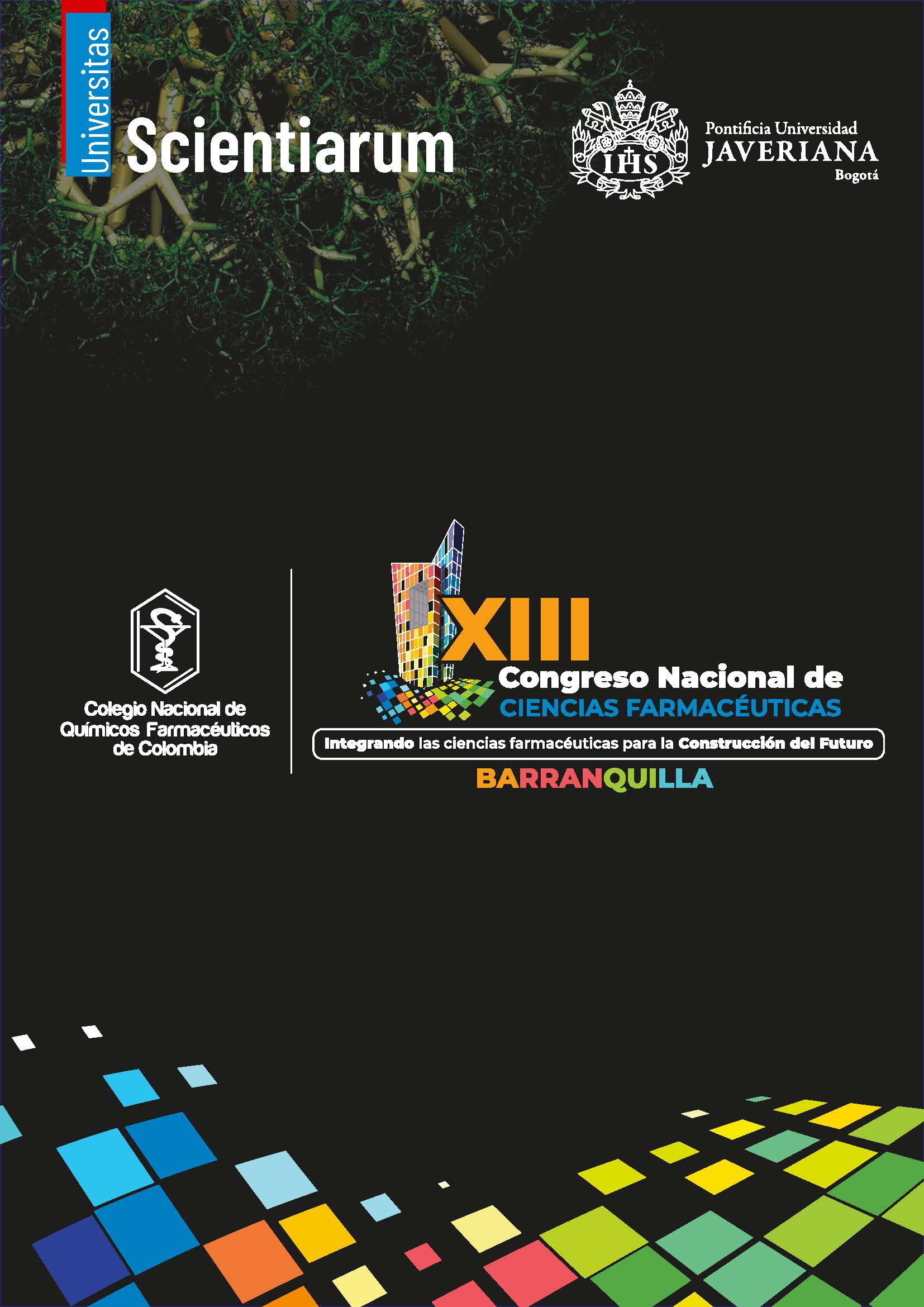Abstract
Community-acquired pneumonia (CAP) remains one of the most prevalent infectious diseases worldwide, with substantial morbidity and mortality, especially in children under five years old and older adults. In Colombia, CAP accounts for approximately 60 % of deaths from respiratory diseases. The appropriateness of empirical and definitive antimicrobial therapy has a direct impact on clinical outcomes, antimicrobial resistance, and healthcare costs. The objective of this study was to assess the pertinence of antimicrobial prescriptions in hospitalized patients diagnosed with CAP at a tertiary care institution in Cartagena, Colombia, in 2021. Methodology A descriptive, retrospective study was conducted using medical records of adult patients (≥ 18 years) hospitalized for CAP for at least 24 hours. Patients with multiple infections, lymphoproliferative disorders, cirrhosis, or receiving steroids or chemotherapy were excluded. Data on demographics, CURB-65 score, microbiological findings, antimicrobial regimens (empirical and/or definitive), and clinical response were collected. Prescription adequacy was evaluated according to the 2019 ATS/IDSA clinical practice guidelines for CAP. Descriptive statistical analyses were applied. A total of 72 % of patients were ≥ 65 years of age. Streptococcus pneumoniae was the most frequently isolated pathogen (47 %). Resistance to penicillin in S. pneumoniae (3.0 %), ampicillin resistance in H. influenzae (2.1 %), and methicillin resistance in S. aureus (1.3 %) were observed. The CURB-65 score was not applied in all cases, limiting the precision of therapeutic decision-making. Empirical therapy was initiated in all patients; in 74.5 % of cases, the regimen was maintained as definitive therapy, while in 25.5 % it was modified after pathogen identification. In patients without microbiological diagnosis, empirical therapy was often adjusted up to three times without targeted therapy. The most commonly used regimen was ampicillin/sulbactam combined with clarithromycin (70 %), consistent with guideline recommendations. Severe cases more often received piperacillin/tazobactam-based regimens, sometimes combined with vancomycin or meropenem. Empirical antimicrobial therapy was widely prescribed but not always effective, leading to multiple modifications in some cases. Definitive therapies were more successful; however, their selection was influenced by comorbidities and drug hypersensitivity. The limited use of the CURB-65 score and the lack of microbiological identification contributed to deviations from ATS/IDSA guidelines, highlighting the need for improved diagnostic and prognostic strategies to ensure rational antimicrobial prescribing in CAP.

This work is licensed under a Creative Commons Attribution-NonCommercial 4.0 International License.


